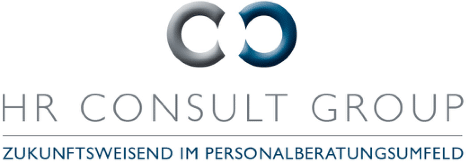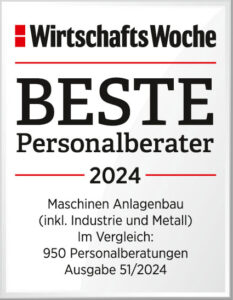The second form of working time is part-time. Employees regularly work shorter hours than comparable full-time employees. Women with children in particular benefit from part-time work. There are almost 9 million employees in part-time jobs. Almost 80% of these are female.
A current topic is the resolution of the law on the introduction of so-called bridging part-time work. Employees who agree to work part-time after January 1, 2019 are affected by the regulation.
However, the right to bridge part-time work only applies to companies with more than 45 employees. Only then can a temporary part-time phase of between one and five years be applied for. However, almost 15 million people already work in companies with fewer than 45 employees. The new regulation does not apply to this group at all.
Employees who work for companies with up to 200 employees are also affected by a special rule. For every 15 employees, only one must be granted the right to bridge part-time work.
The new law on bridging part-time work is therefore not applicable to all employees. And the "part-time trap" remains in place for most. Although bridge part-time work is well-intentioned, the law was toned down too much during the negotiations.
It can be seen that there are always new ideas and laws relating to working hours. However, it always takes time before these can be implemented.
About the author

After studying automotive engineering and industrial engineering, he began his professional career in the automotive industry in the areas of sales, development and marketing and also spent a year in Japan with one of the largest automotive suppliers.
He then moved to a globally renowned premium car manufacturer, where he was responsible for product marketing in Japan and South America and for marketing strategy in North and South America.
In 1994, he decided to become self-employed and founded a personnel consultancy in Munich, where he has been driving development and expansion for over 20 years. As Managing Director, his industry focus is naturally on the automotive world as well as mechanical and plant engineering.
His doctorate in the field of aptitude diagnostics ideally rounds off his areas of expertise, particularly with regard to personnel and management consulting. The dissertation deals with the identification and verification of typical personality traits of engineers as well as the definition of development areas for a successful professional career.
These are scientifically derived and presented in the book "Eignungsdiagnostik im Praxiseinsatz".
At the same time, his focus is on the development of networks and cooperation models as well as the continuous further development of systems and processes in personnel consulting.
Over the last 20 years in personnel consulting, he has developed several brands that are still operating successfully on the market today.




